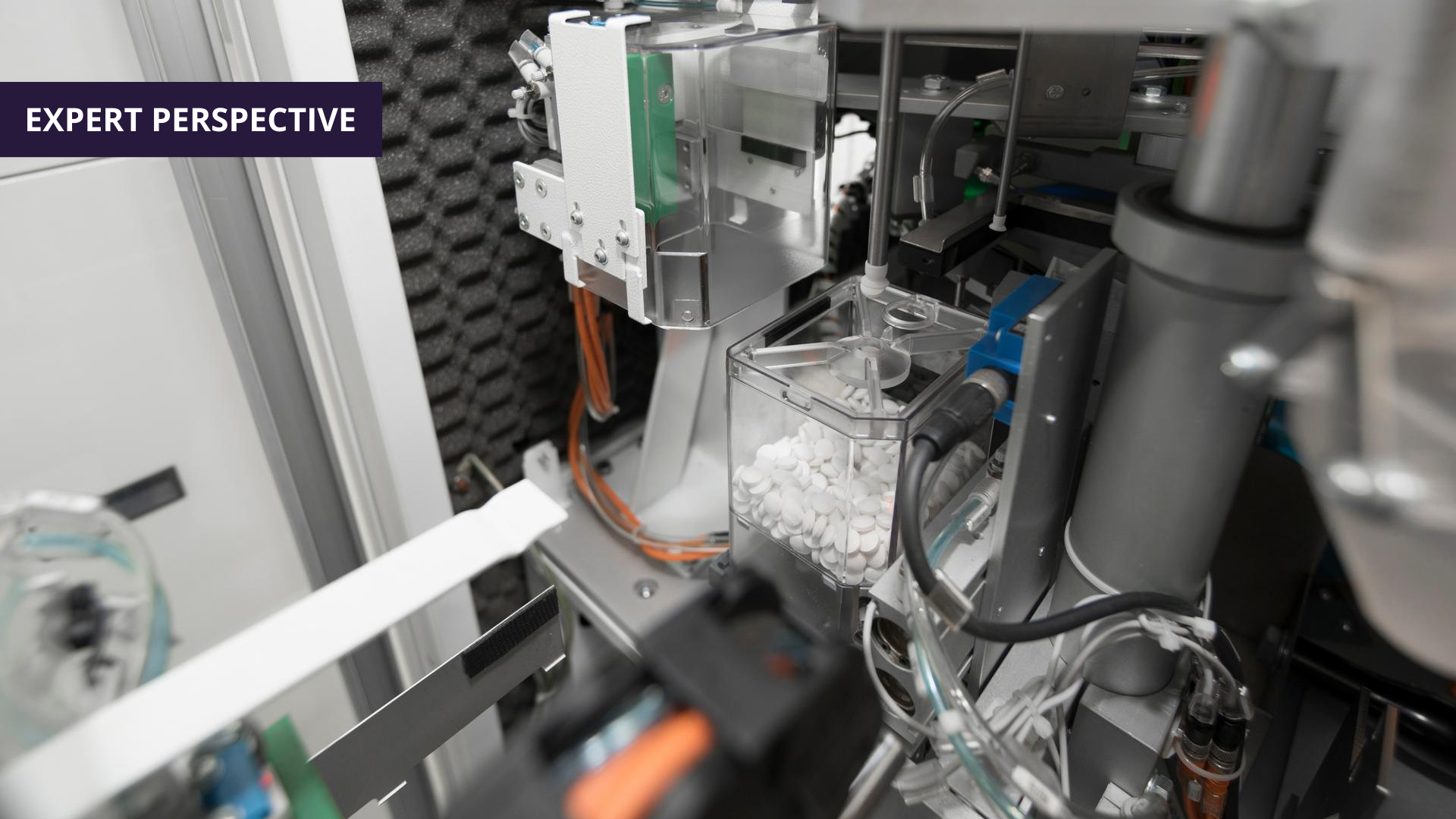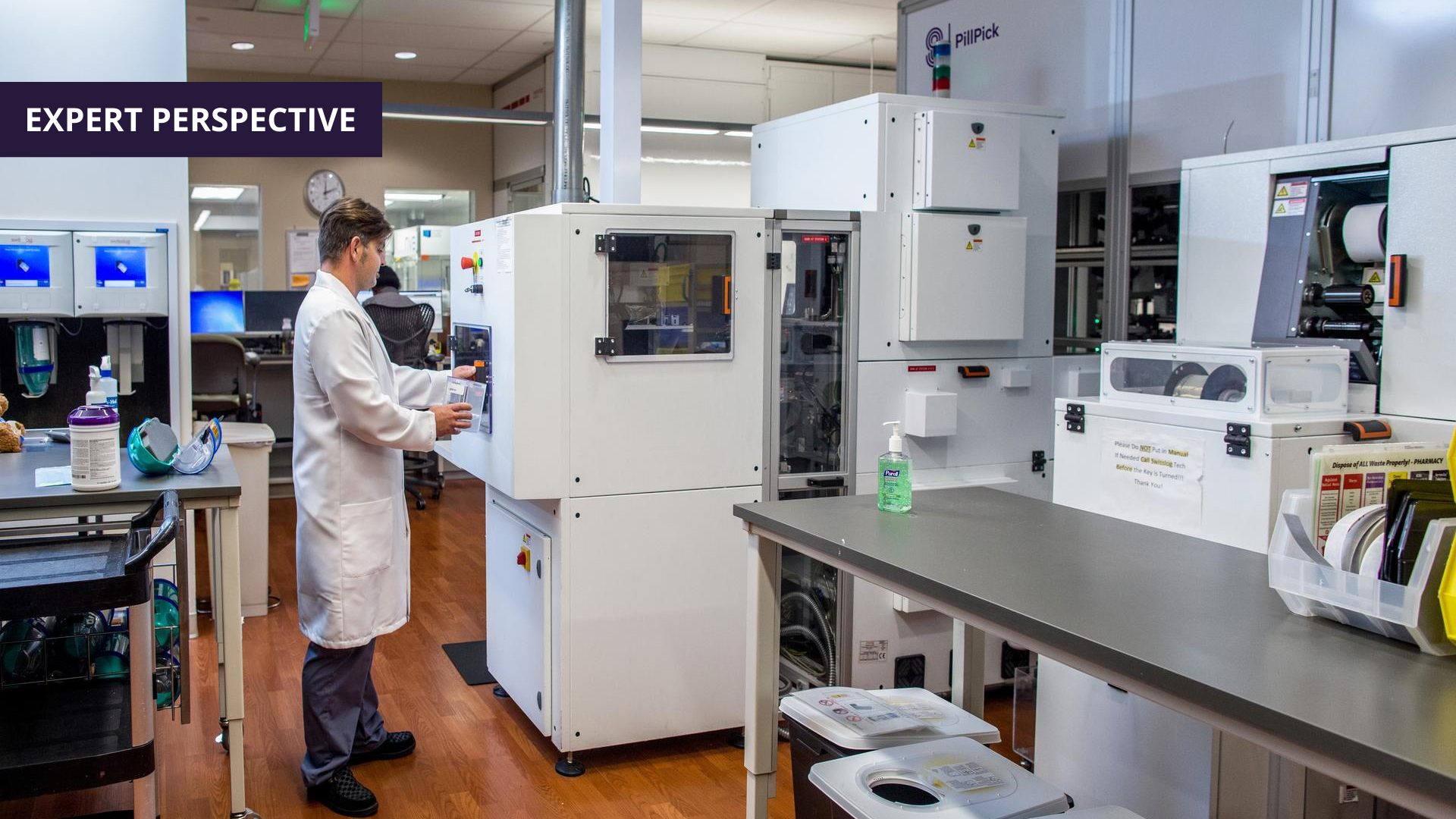Ethernet Vs. Serial: Which Is Best For Your Hospital?

Ethernet & Serial Connections Go Way Back
What many hospital facilities managers and IT professionals may not know is that serial cable connectivity actually pre-dates computers. Serial cables were originally used to connect teletype machines to modems. Ethernet technology isn’t much newer, having turned 50 years old in 2023. And, while many connections today occur using Wi-Fi, there remains significant value in both serial and ethernet connectivity between devices for moving data and enabling processes.
What is the value of each of these connections and when should they be used?
Serial
Serial connections involve transferring data one bit at a time in sequential order. It is transmitted over a computer bus or via a communication channel. It is the simplest form of communication between a sender and a receiver. The oldest and yet still most popular serial cable is the RS232 cable, developed back in the 1960s.
What are its advantages?
Serial cables are often used by hospital facilities managers to connect legacy systems to each other and other systems. Many modems and printers still use a serial connection. Most switches and commercial routers have serial ports to enable them to be configured prior to setting up a network port. The USB or “thumb drive” is a version of a serial connection, which continues to be popular in transferring data to a computer from another source.
What are its disadvantages?
A major issue with serial connections is the speed of transfer. According to Control.com, serial cable only connects at the physical layer rather than a multilayer as is established with ethernet connections. In layman’s terms that means a slower connection with maximum transition speeds of about 1 million per second, lower for some applications.
Ethernet
Ethernet is a protocol established to provide a secure, wired connection between devices connected to a local area network (LAN) or a wide area network (WAN). It provides uninterrupted connections between computers, printers, and other devices by allowing them to exchange data and communicate with each other.
Ethernet is the most popular method of connecting multiple devices, such as computers, to a router and a network using a wired connection. This enables systems to communicate with each other. Ethernet is considered the de facto standard for computer networking.
What are its advantages?
The network connectivity of ethernet, along with its speed and security make it a good choice for moving data quickly through a network, enabling processing efficiency. Ethernet speeds can reach up to 1000 Mbps (or 1 Gbps).
When using a third party to service and maintain a hospital system a common prerequisite is to have an ethernet connection between the systems they are accessing. This is to enhance the speed of transmission and conduct diagnostics faster and more efficiently.
What are its disadvantages?
Rather than a simple serial cable or USB drive, Ethernet requires a network card, configuration of IP addresses and software to install.

Which connection, serial or ethernet makes sense for your organization?
Much of that depends on the systems you are using, those you need to connect to and what is needed to facilitate that connection.
For instance, to transmit data over a long distance, especially when legacy systems are involved, a serial connection over a single wire can do that quite efficiently. However, because it requires a single, dedicated wire, the data is limited to that wire. With an ethernet connection, the data can be routed almost anywhere through the internet, and with little added cost.
That is one reason hospital facilities managers who want to connect multiple devices together and move data through a wide network use ethernet. You will have higher speeds and greater reliability. Remote support for their systems will require ethernet connectivity to enable access across a network. That is when an upgrade to ethernet becomes essential to support standards and obtain quality third party support.
Most hospital facilities managers continue to maintain a mix of serial, ethernet and Wi-Fi connections. Each has its place. The key is to stay up to date with these technologies. That includes system connectivity. Updating and upgrading when needed will help ensure that you are taking advantage of the benefits of accessibility and efficiency for all your hospital systems.








